
Monofilament fiber
Rope netting is a common, extremely versatile product. It is made of PP, PET, PA and other material strings or strands through the process of braiding, twisting and knotting. It is mainly divided into knotted netting and knotless netting and is mainly used as agricultural hail nets, bird nets, sports goal nets, purse seines, construction safety nets and leisure sun shade sails, etc.
Yarn is a single filament or a thick thread made by twisting several filaments together.
Strand is a semi-finished product made by combining several yarns and then twisting or weaving them together.
Thread is made of several twisted or braided strands.
Rope netting is a piece of braided fabric with a certain size mesh structure made of braided yarns or strands.
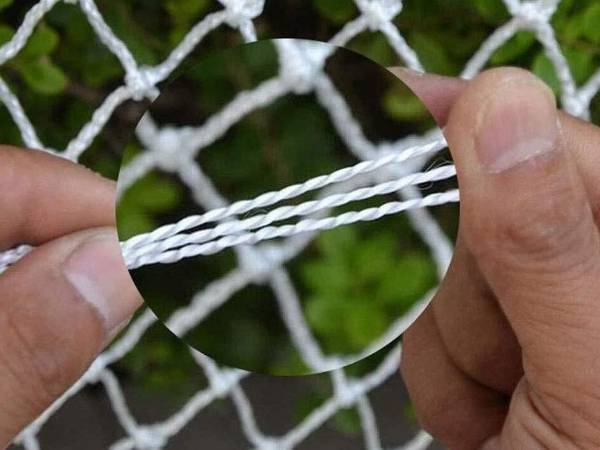
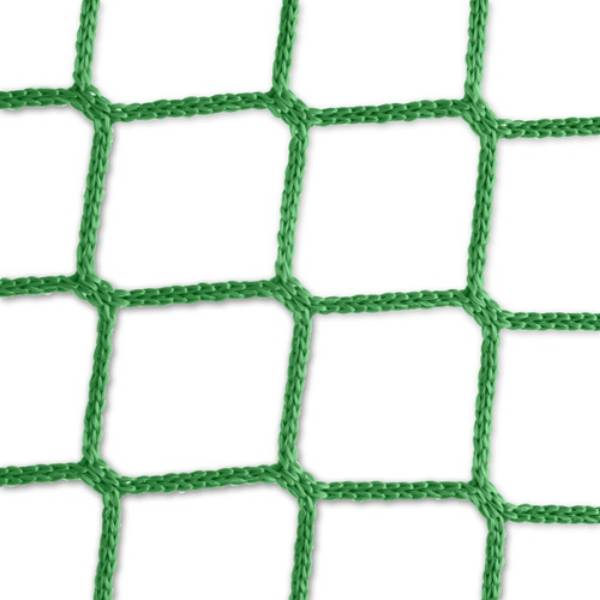
Knotless netting is a net fabric without knots formed by interweaving strands or yarns inside a thread. It is generally produced by weaving machine. It features simple structure, soft, light netting surface, etc. It is widely used in agriculture, sports, construction, leisure and entertainment fields and acts as hail nets, hay nets, goal nets, sports perimeter nets, safety roof nets, sun shade sails, etc.
Knotless netting is divided into warp-knitted netting, super knot netting, twisted knotless netting, plain netting, Leno/Gauze weave and plastic moulding netting.

It is mainly used as agricultural cage nets, purse seines and scallop breeding facilities. In addition, it also acts as safety nets, dust nets, bird nets, wind nets, sun shade net and vegetable protection nets, etc.
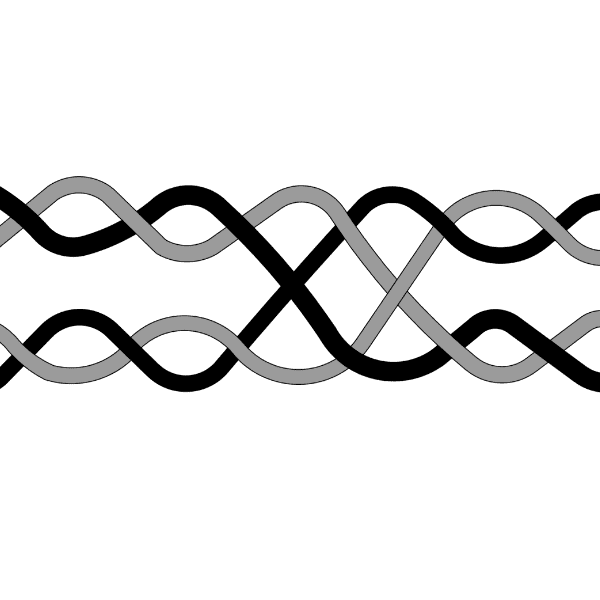
In fishery, it is mainly used as cage nets, purse seines, etc.
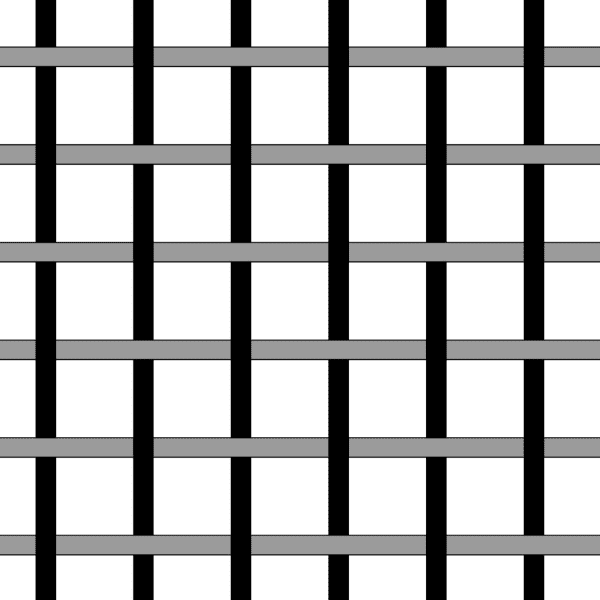
It can be used as insect screens, window screens, packaging bags, etc.
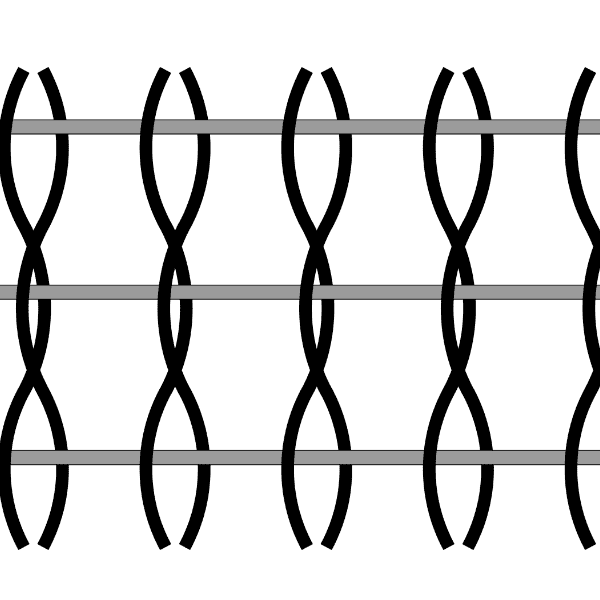
Currently, it is mainly used for silverfish fishing, shrimp farming, shellfish farming, eel farming, lobster farming and crab farming, etc. It can also be used as hail nets.

In the agricultural field, it can be used as chicken nets, plant climbing nets, bird nets, etc. In addition, it is also used in petroleum, chemical, aquaculture and other fields.
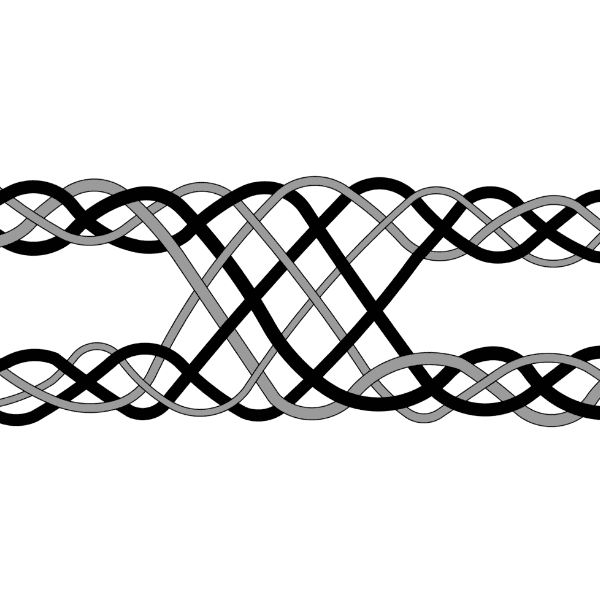
Currently, it is used in few fields.

Knotted netting is a net fabric made up of knotted thread, either braided by machine or by hand. It has high breaking strength and can withstand large impacts, etc. It is mainly used in sports, agriculture and construction fields an acts as goal nets, sports perimeter nets, bird nets, construction safety nets and plain nets, etc.
According to the knot types, knotted netting is divided into slipknot nets, encased knot nets and deformed knot nets (double encased knot nets, double slipknot nets). The following is a diagram of various knot types.

Slipknot
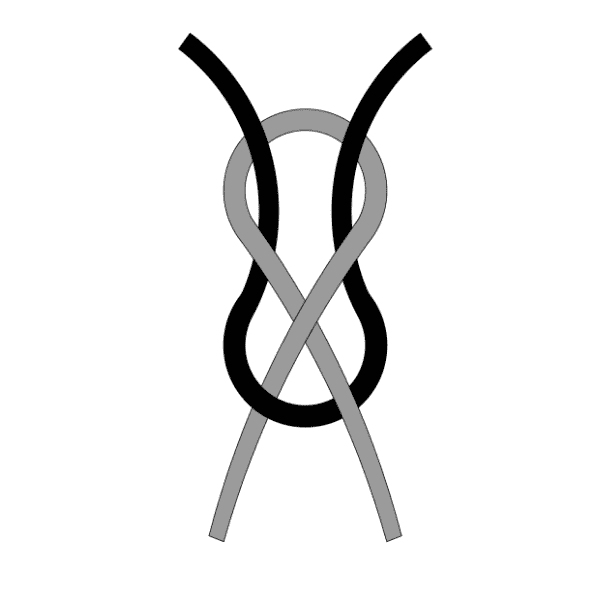
Hand knitting single encased knot

Machine knitting single encased knot
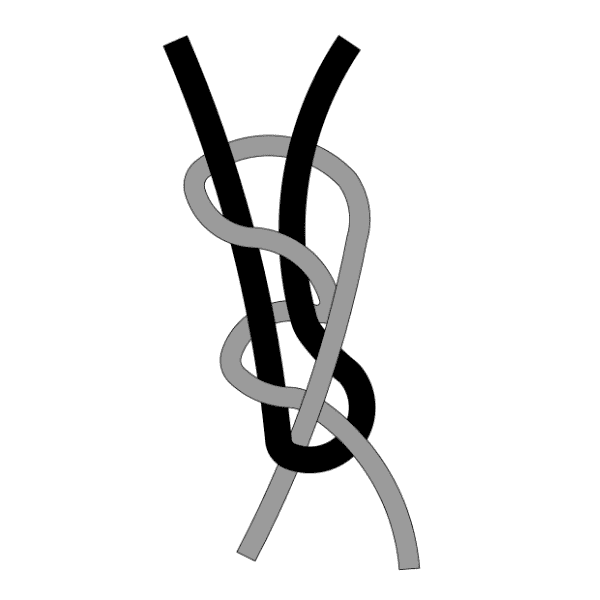
Machine knitting double encased knot
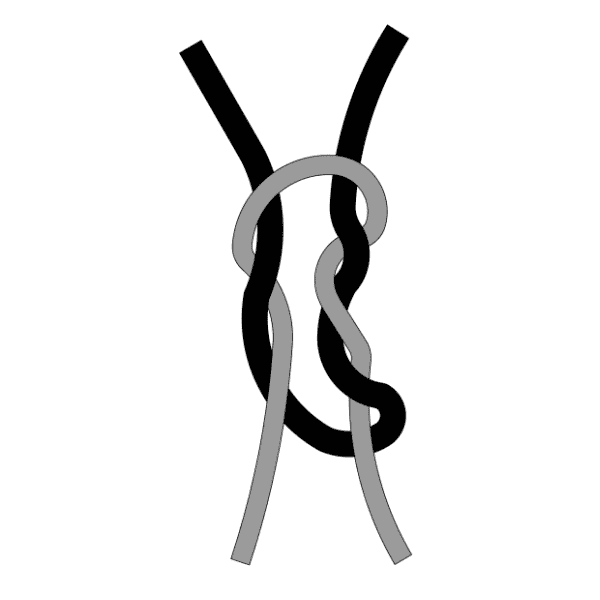
Double slipknot

Monofilament fiber
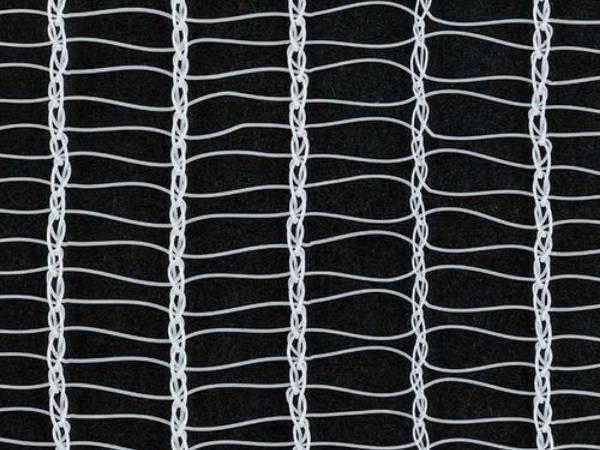
Monofilament netting

Mutifilament fiber

Mutifilament netting
Notes
Monofilament is a single filament ejected from each spinneret hole, while multifilament is a group or a bundle of filaments ejected from multiple spinneret holes. Monofilament is a bit thicker than a single filament in a multifilament. Monofilament braided net often looks stiffer and multifilament braided net looks softer.
Their fineness is expressed in numbers. The number of monofilaments indicates the fineness of a single filament, while the number of multifilaments indicates the fineness of a group or bundle of filaments.The common varieties of multifilament are 45, 75, 120, etc. For example, some elastic nylon multifilament is 75, because it is composed of a bunch of 25 monofilaments, and its single fiber number is 3.

Raw material – plastic granule
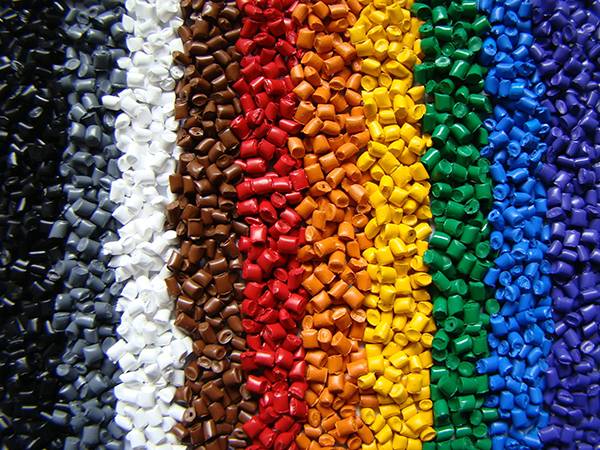
Raw material – color masterbatch

Extrusion
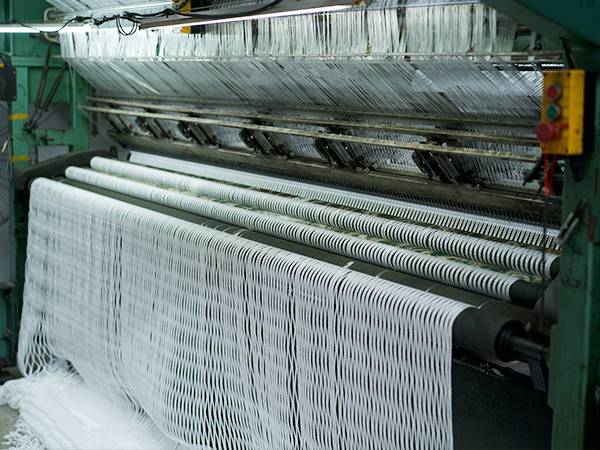
Knitting
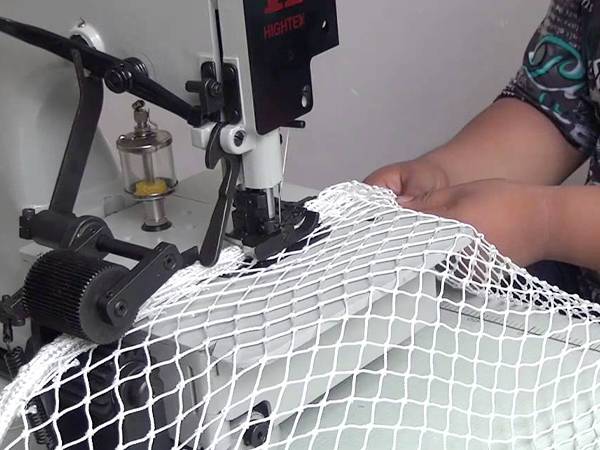
Cutting & Sewing

Package